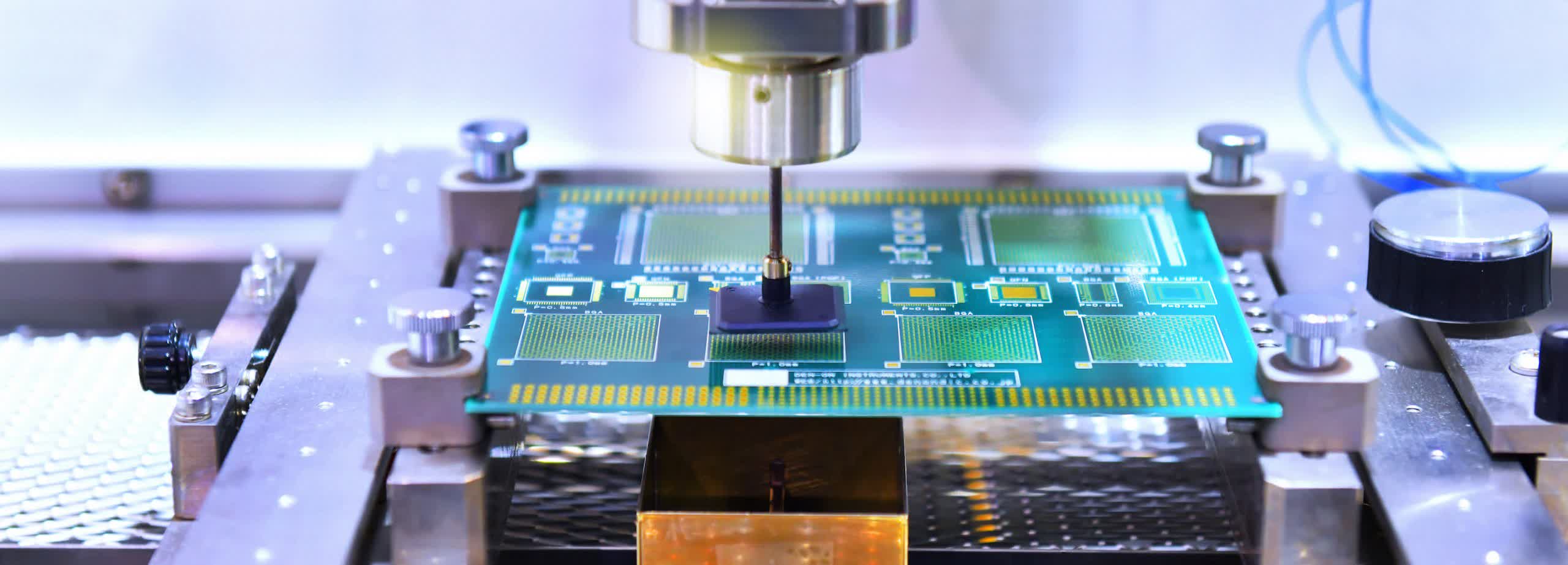Rumor mill: With the introduction of Apple's M1 SoC, Intel-based Macs will soon be a thing of the past. Rumors have it that Qualcomm is next on the chopping block where Apple suppliers are concerned. Apple has been working on a new custom-designed 5G modem chip that should be ready in a couple of years.
According to noted Apple analyst Ming-Chi Kuo, Apple will soon install its own 5G modems in iPhones. Currently, the company uses 5G baseband chips from Qualcomm in its flagship line. That should not change until its baseband silicon is ready, which could be in 2023 "at the earliest," Kuo said in an investor's note seen by MacRumors.
Once Apple ditches Qualcomm modems, Kuo says it will have to enter the mid- to low-end markets to compensate for the lost Apple orders.

"We predict that the iPhone will adopt Apple's own design 5G baseband chips in 2023 at the earliest. As Android sales in the high-end 5G phone market are sluggish, Qualcomm will be forced to compete for more orders in the low-end market to compensate for Apple's order loss. When the supply constraints improve, MediaTek and Qualcomm will have less bargaining power over brands, resulting in significantly higher competitive pressure in the mid- to low-end market."
The shift should not come as a surprise. Apple dumped Intel modems in 2018, essentially putting Intel's cellular modem division out of business. Apple subsequently snatched up the failing arm for $1 billion. Additionally, MacRumors notes that Barclay analysts had predicted back in March that Apple would shift to its own modems by 2023.
Kuo expects Apple's modems to have faster speeds and improved latency, among other things, when compared with current Qualcomm or past Intel offerings. This assumption is not a stretch since Apple purchased all of Intel's 5G assets and retained most of its talent in the Intel modem takeover. It should not be hard for Apple to keep up with the competition.
As rumors go, this one is likely pretty solid, but keep in mind that Apple has not officially confirmed new in-house modem silicon.
Image credit: Daniel Constante
